One year ago, Pete wrote wrote his only post to date on what was then our Little Olsen blog. The piece was and is deeply meaningful. It offers a small glimpse into the heart of who he is as a physician. After being submitted to Minnesota Medicine magazine by a colleague, the article was selected for publication in its August 2013 issue, and Pete was later invited to share it at the annual fundraising gala for the hospital at which Pete now works. I could not be more proud to stand beside this man, husband, father, friend, and physician as we prepare to make Africa our home.
Here’s a look back at the post he wrote on a rainy evening near Tenwek Hosptial in Kenya, East Africa…
———-
I’ve been wondering for months, maybe even years, what my first delivery would be like after we arrived in Africa. Would it be a vaginal delivery? A cesarean section? Would instruments be available? What about assistants? Would I even be in a hospital? You see, I’m used to the very best.
As a 3rd year resident at the Duluth Family Medicine Residency Program, most of the vaginal deliveries I’ve participated in are attended by two or more physicians—an attending, a resident and sometimes even an intern. By the time the patient is ready to give birth, she and the baby have been carefully monitored for hours. We have a good idea of what to expect, and we have everything we need in case something doesn’t happen the way it should.
For those vaginal deliveries that take an unexpected turn, we can change over for a cesarean section in about 10 minutes. By the time we arrive in the pristine operating room with the patient, an array of sterilized, neatly wrapped surgical tools is waiting for us, along with a team of trained surgical technicians who will later hand them to us when requested (often even before–they know each surgery so well!). An anesthesia team is there to provide pain control and to intubate and breathe for a patient in case of a “crash section” (emergency surgery to save mom and/or baby). The Neonatal Intensive Care Unit has a resuscitation team and an incubator ready in addition to all the tubes, lines and cords needed for the most serious of resuscitations. Oh…and our awesome obstetric nurses are there, too.
I could go on, of course. But we’re not there. We’re in Africa. And it’s different here.
———-
It didn’t start the way I expected it would. I was paged to Casualty (the emergency department) to attend to an 18-year-old who was pregnant with her first child. She hadn’t reported any contractions or vaginal bleeding. I didn’t even have time to ask her if she felt her baby moving.
There wasn’t time for questions. When I arrived in the small room crowded with eight beds and even more patients standing or sitting as they waited for care, the clinical officer (CO, similar to a physician’s assistant) looked at me with panic. He pulled back a curtain to reveal a flurry of activity: The young woman was lying on a bed. A nurse was hurrying to start an IV while humming a hymn. Another nurse had just arrived with an oxygen mask, freshly washed and ready for reuse.
The CO rapidly explained that two girls had dropped the patient off at the door; they couldn’t be found. I felt the young woman’s pedal pulse. It was weak and thready. I glanced up at her face. She looked slightly ashen, and was gasping for air. Her uterus was at or below her belly button, meaning that the baby was either small or at about 20 weeks gestation or less. (A nurse confirmed she was 20 weeks pregnant shortly thereafter.)
Don’t forget the ABCs, I told myself. Airway, Breathing and Circulation. She has a pulse, and she’s breathing (albeit with difficulty), but she’s losing her airway. As I moved to the head of the bed, a dark, liquid began spilling from the patient’s nose and mouth. We suctioned, intubated and started breathing for her. Then we placed a nasogastric tube and suctioned another 200 mL or so of the black substance from her stomach. We still don’t know what it was.
By now the cardiac monitor was on and the patient’s heart rate was in the 130s. One of the nurses looked up and told us the initial blood pressure was 70/50 mmHg, but now she couldn’t get one. I felt the patient’s neck for a carotid pulse; there was none. “Start CPR,” I said.
With the chest compressions we heard intermittent cracks (ribs breaking from the pressure). At two minutes, we checked for a pulse and gave epinephrine to shunt blood back to the heart and encourage cardiac activity. We kept doing CPR and giving her epinephrine every three minutes, checking for a pulse each time. After 40 minutes without a pulse, I called it. “Time of death: 10:24 a.m.,” I said softly.
I helped the nurses clean the patient, remove the lines and apply fresh linens. Then I prepared for the hard part—talking with the family.
I had a room prepared so I could tell them thatthe mother and her baby had died. They were inconsolable, of course. I spent a few moments with them before I left them with the chaplain and returned to the emergency department where another patient needed care.
———-
Two days later, the family returned with one request: to have the opportunity to bury the mother and baby separately. I spoke with my supervising physicians who agreed this was reasonable.
I led the family to the morgue and had them wait in the office. It was time for my first delivery in Africa, a postmortem cesarean section.
She laid draped in a perfect white sheet on a rusty, steel table. Even though the mother was dead, I used a surgical technique very similar to the one my attendings in Duluth had trained me to do. As I cut, the smell of formalin filled my nostrils. A moment later, I delivered a beautiful, tiny, lifeless little girl. I carefully closed the mother’s tissues, using a subcuticular stitch to close the skin. It wasn’t necessary, but it felt right.
I draped the mother again and then carefully attended to her little girl, who was only slightly larger than my hand. I washed her gently and placed her in a new swaddling blanket, her arms gently folded.
One of the morgue attendants went to get the father and the rest of the family. They arrived, not knowing what to expect, but when dad saw me holding his baby girl, his eyes started tearing. I asked if she had a name. “Fancy…Fancy is her name,” he said, barely audible. “Well, Fancy is a beautiful little girl,” I said, handing the swaddled baby to dad. “I’m sorry that her time with us was so short, but I believe that she is now with Jesus where there is no pain and no suffering…where we’ll all be together again.”
I began to pray, my two fingers on the side of Fancy’s head as we invited God to be with us and bring His peace. Everyone, now in tears, slowly filed out of the room. Dad stayed a moment, took one last look at Fancy, handed her to me, and said, “Asanti” (thank you).
———-
The rain refreshed us as we walked from the morgue back to the hospital where we parted ways. It was early evening, and I was done for the day. I loosened my tie and draped my white coat over my arm to the let the rain gently wash over me on the way home.
I was greeted by a beautiful little girl who came dashing up to me yelling, “Daddy, Daddy, I have an umbrella for you.” I scooped Ella into my arms and kissed her. I walked toward apartment No. 7 and let my eyes meet Angela’s. She knew instantly. She simply has a way of knowing that no one else does. I kissed and snuggled Sam, our son, before she quickly swept both children into their bedrooms for the night. I let the warm shower wash off the formalin, then I dressed and sat on the living room couch, reflecting on what had happened.
Yes, this young woman losing her life and her baby was tragic. But in the end, I’ve never been able to stop someone from dying. Hester Lynch Piozzi, an 18th century British author, once said, “A physician can sometimes parry the scythe of death, but has no power over the sand in the hourglass.” It’s true.
But I’ve also learned that one of the most compassionate acts we can do for one another is to relieve suffering and pain—to make room for healing. And tonight, when one dad looked back at another, there was a silent understanding that healing had begun, and then a quiet “Asanti.”


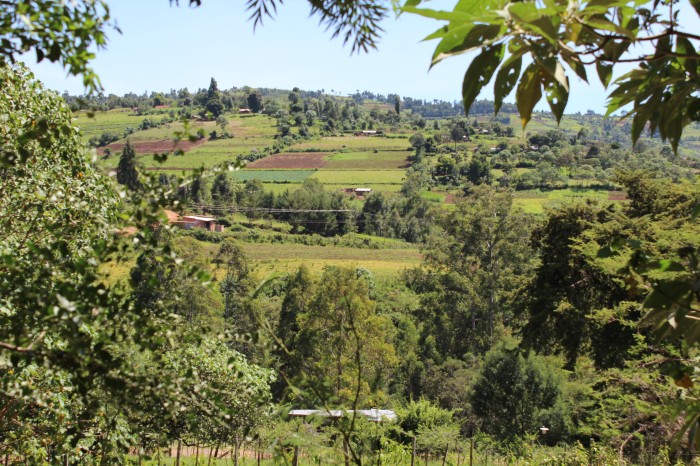
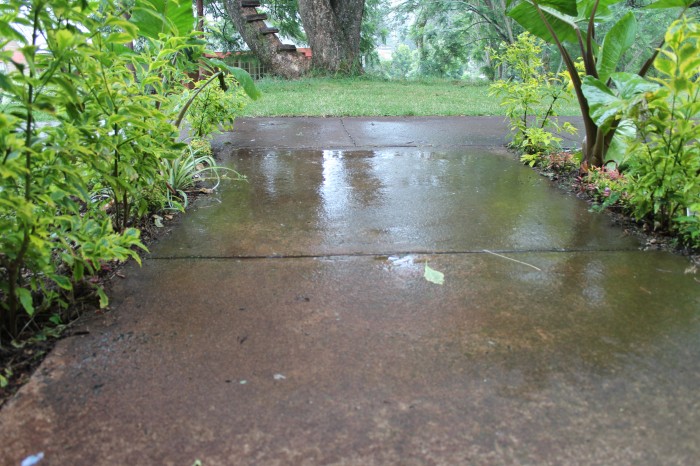
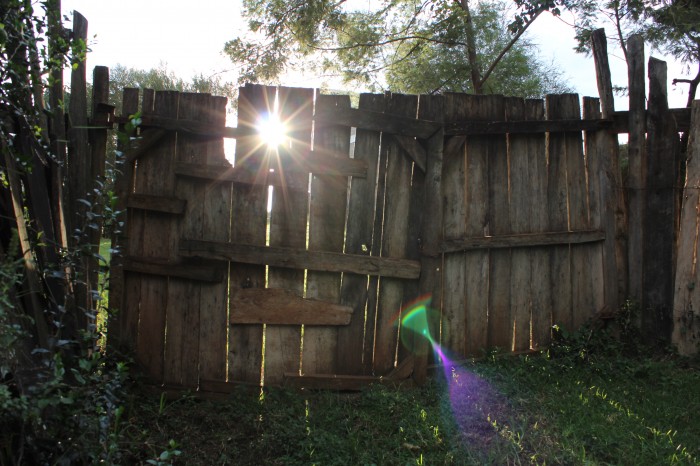

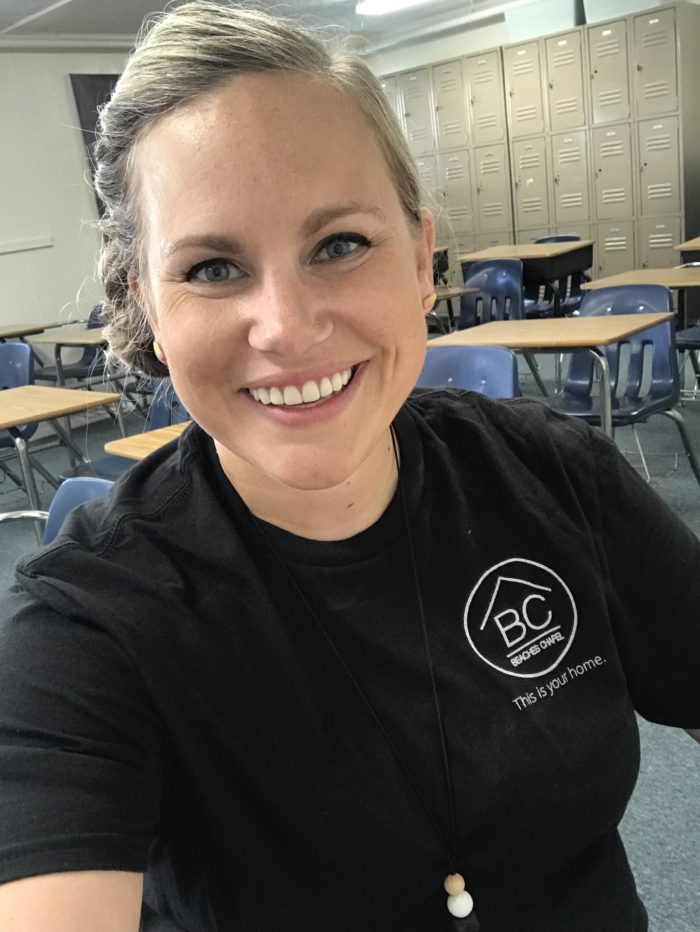
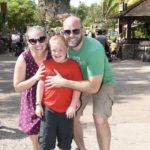
I finally got a minute to sit and read your entry on Fancy. Wow. Brought tears to my eyes. What an amazing story. Your husband sounds like a wonderful man. So happy you are able to share his skills to a country with so much need. I love reading your posts. Keep them up, and thank you for sharing your life! 🙂
Hey! I’m one of the MN bloggers and Melissa_Lea on instagram. I’ve been meaning to come over and read this post and it did not disappoint. Such a powerful story….I may have shed a tear or two in my cube. Thanks for sharing. I’m following your blog now, as well 🙂
What a story pete. I too got time to sit and read the story tues night the night after you sent it to me. Very interesting to hear the Drs.side of a story like that. I loved the story and will share it with others.
Deeply moving story. Jesus wept at the tomb of Lazarus – our greatest Healer felt the sting of death too. Thank you for sharing this.
[…] Click here to read a piece Pete wrote following his first delivery in Africa. […]
Enjoyed the article and meeting you last evening.